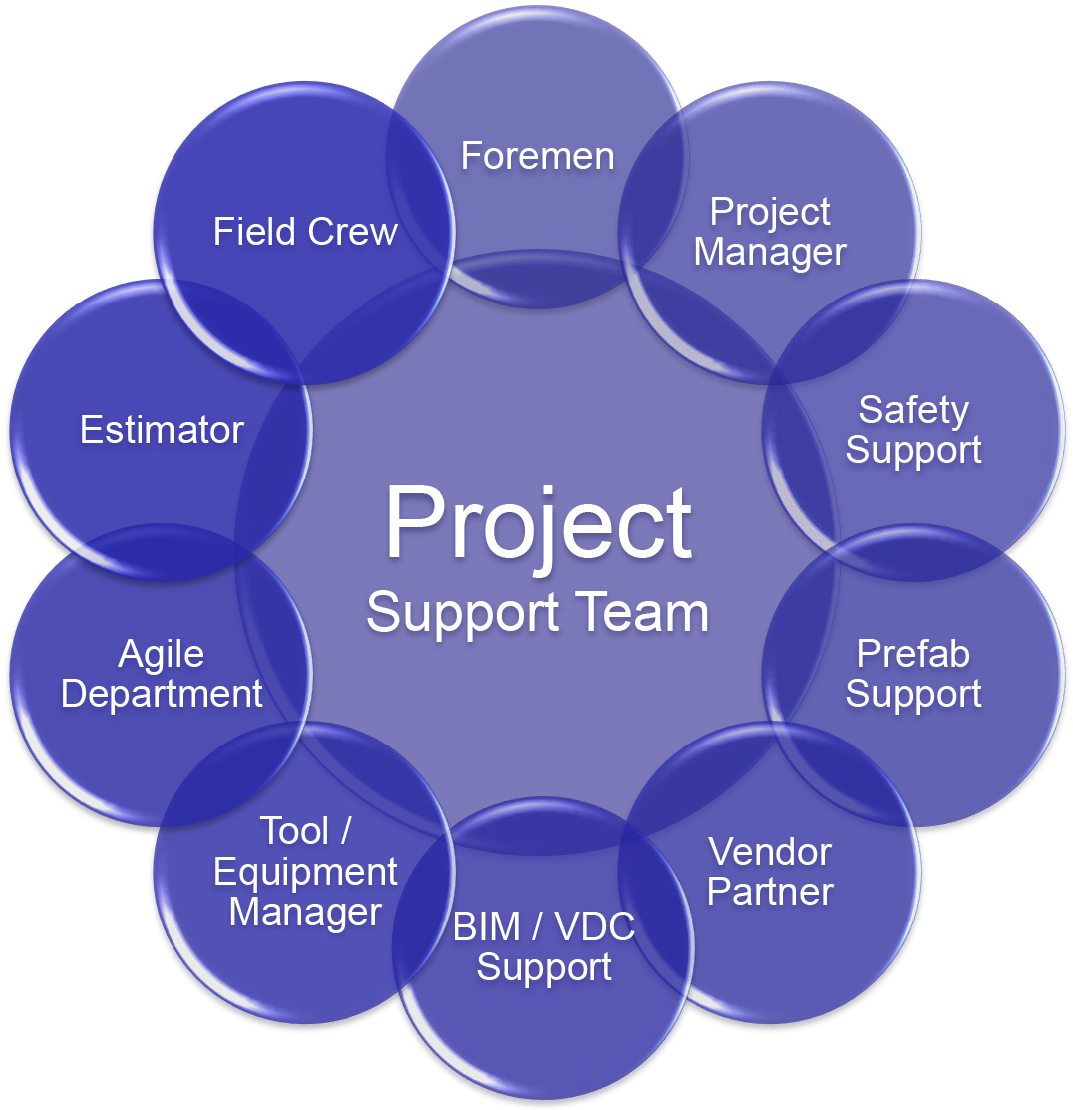Tracking productivity on a job site the correct way

Managing projects in construction can be very frustrating. Let’s just be completely honest. From moving schedules to material delays, there are constant obstacles that are put in the way of our field team and each one causes productivity loss. Want to know the biggest problem? While we all likely know that these productivity dips are happening, very few know how to effectively measure their impact and track the root causes. Even fewer use this information to give a projection revealing how the project is comparing to the initial estimate. Unfortunately, the reality is that we figure out much too late that we are behind the 8 ball. This blog takes a look at how to use tools to not only capture field data, but also how to actually use that data to increase productivity.
1: What is our field data telling us?
One of the hottest topics in construction currently is “collecting field data”. Every where you turn, software companies are yelling at you to collect field data. Use daily reports…Incorporate digital time sheets, etc etc. These are all good things to implement into your project management process, but they are missing a key component. Collecting field data is only one piece in the puzzle. Proper analysis and use of that data is what separates good project managers from great ones. While many tools are a “jack of all trades” when it comes to project management, WEM® is laser focused on collection and analysis of the field data and turning that analysis into profits.
2: How To Properly Analyze The Data
nce the data is collected, it must then be analyzed. This is “where the rubber meets the road” so to speak. Very few project managers truly analyze the data properly. Most times, the data is analyzed after the fact and we try and understand “what went wrong”. The best project managers have begun to take a proactive approach to say “What is going wrong”? Getting ahead of ourselves, we can properly utilize tools like JPAC® and SIS® to determine “What is going to go wrong”, more importantly, “What can I do to prevent that”. In order to do this, however, we must first understand how to properly break down work using Work Breakdown Structure or, at the very least, break our estimate down into more bite size pieces. Put another way, we must take our estimate of 5000 hours and figure out the right “buckets” to break that work up in. Using cost codes properly is a good first step, but be careful of overuse.
3: Identify the Obstacles and Make Adjustments
Now that the work has effectively been broken down into appropriate pieces that make it possible to track, we must begin to understand the causes of productivity loss on the job site. Further, we must do so without being physically present on every job site. This may sound like a tall task, but utilizing a tool like Short Interval Scheduling or SIS® properly can help you gain the intelligence you need to make appropriate adjustments and increase productivity and profitability on your job sites. Put simply, utilizing a daily scheduling interface, we give tasks to our crew and at the end of the day ask them how much of that task they completed. Anything less than 100% complete requires a reason. These reasons are then documented for your review and once a good amount of data is built up, you will begin to understand the causes that are prevalent on the majority of your jobs. For example, you may find through analysis that material delays are showing up on every job that you use a particular vendor, this tool will make this visible and you can then reach out to that vendor with real data and make the appropriate adjustments. One critical obstacle we are all facing today is heavy absenteeism due to COVID-19 as well as downstream factors. We know that it is having an impact, but do we know what that impact is? Can we quantify it? Most importantly, when we understand the impact, what can we do to adjust? Without the proper tools in place, you will be attempting to head upstream without a paddle.
Why aren’t we there yet?
The reality is that, as an industry we still are light years from not only where we need to be, but where we can potentially be We need only look at manufacturing and agriculture to understand how much room for improvement there is left. The biggest problem faced? The illusion that there isn’t enough time to effectively plan. The funny thing about the feeling that “there isn’t enough time” is that by utilizing proper planning, you will free up your time once the job kicks off. Rather than constantly putting out fires, you will have identified those potential fires and put in place processes to avoid them allowing you to focus on maximizing profits. All of this, however, begins with properly collecting an analyzing data from your most critical asset, your field labor.
